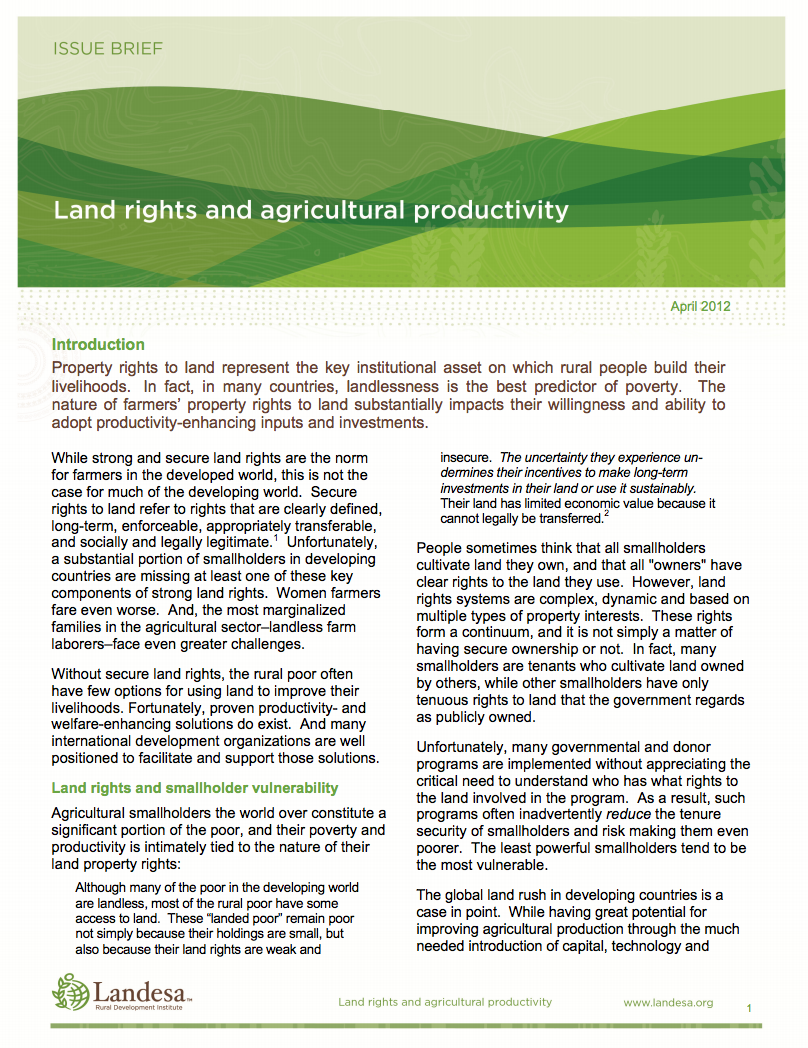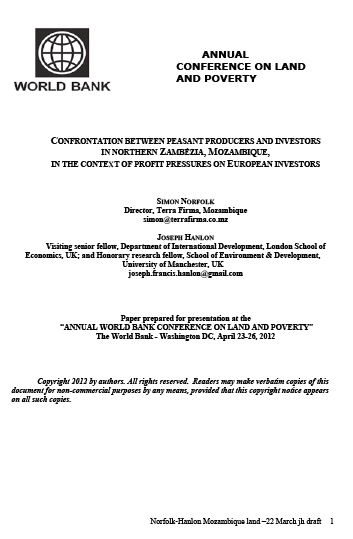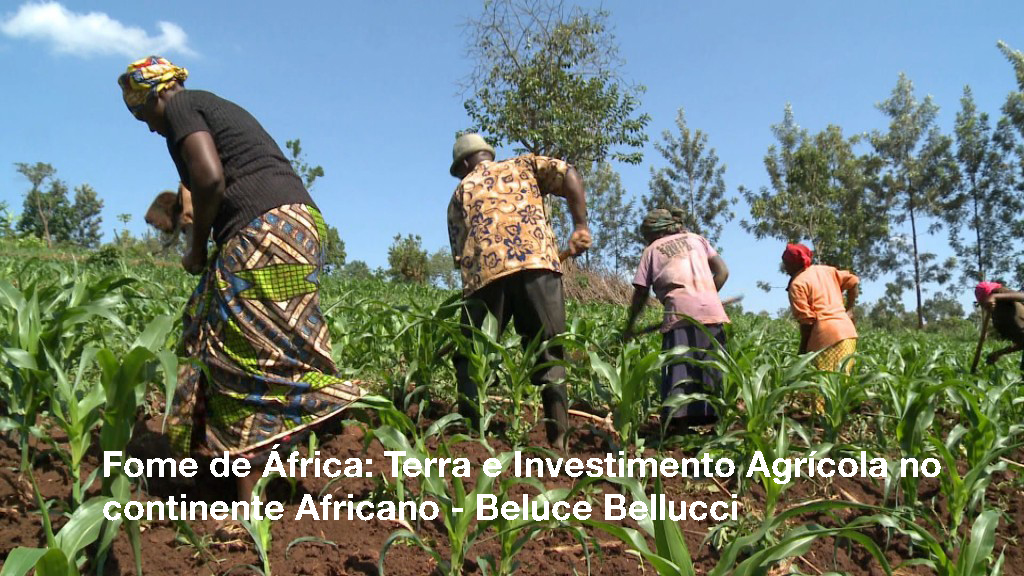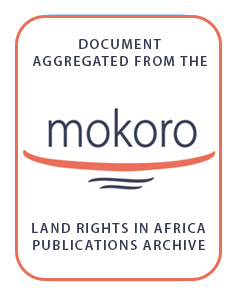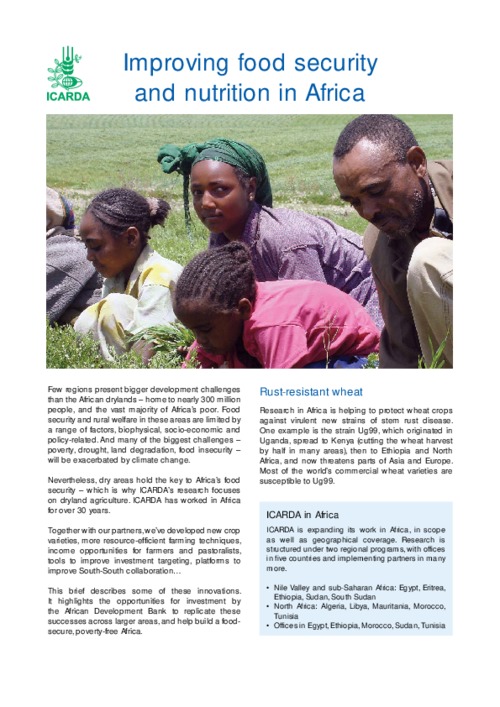Land Rights and Agricultural Productivity
Property rights to land represent the key institutional asset on which rural people build their livelihoods. In fact, in many countries, landlessness is the best predictor of poverty. The nature of farmers’ property rights to land substantially impacts their willingness and ability to adopt productivity-enhancing inputs and investments.

